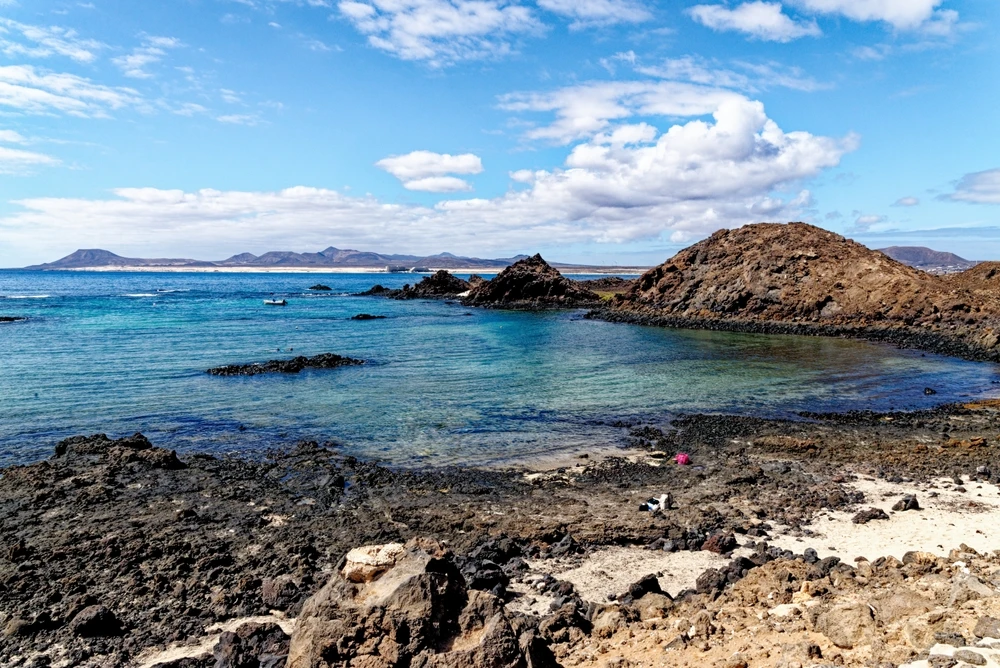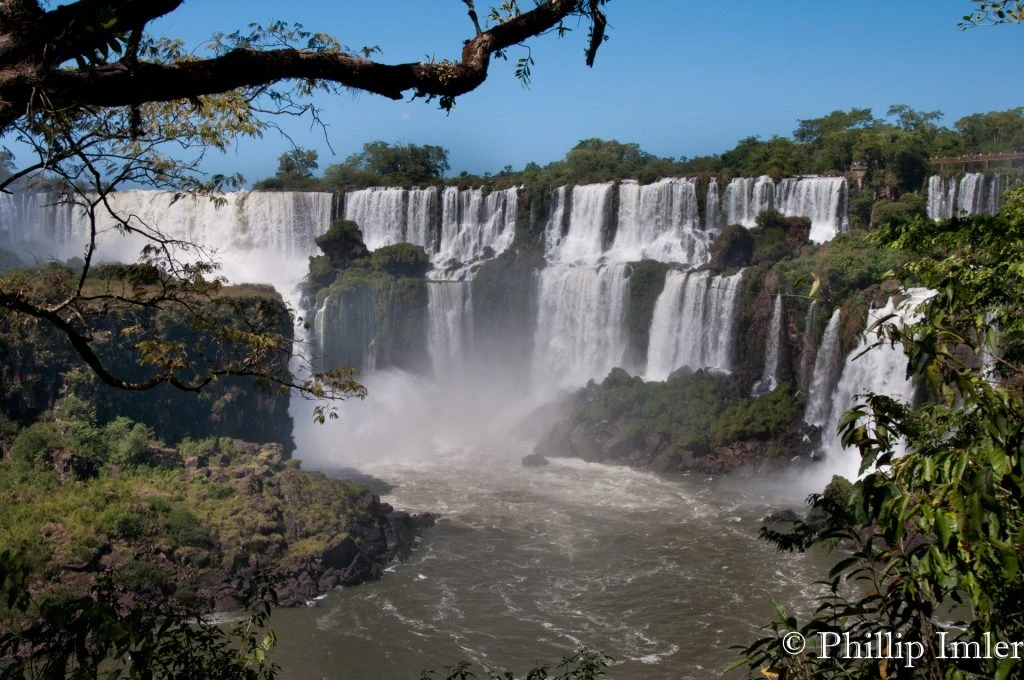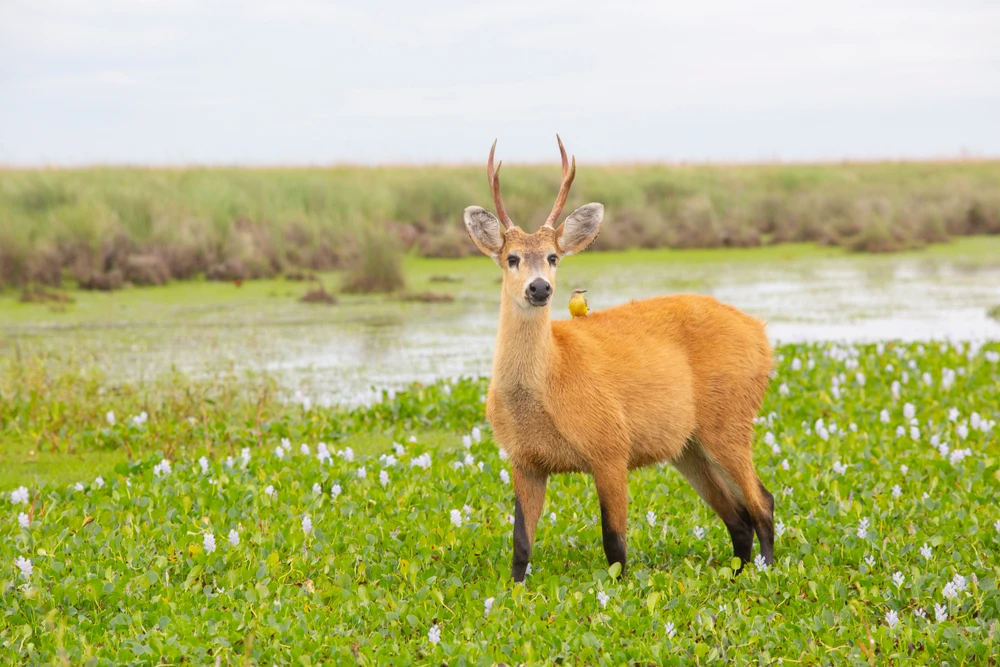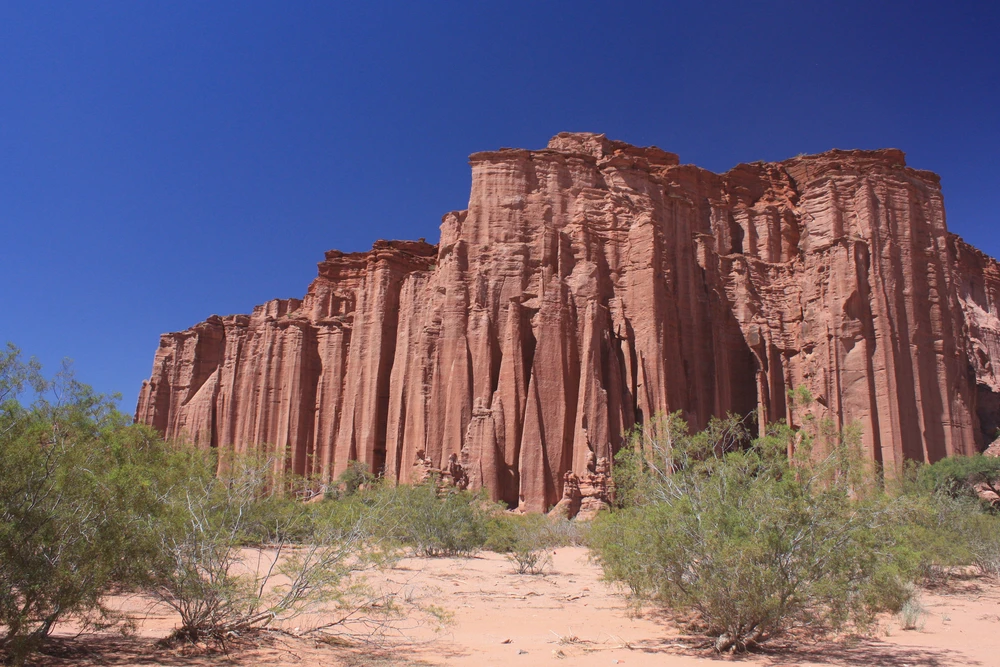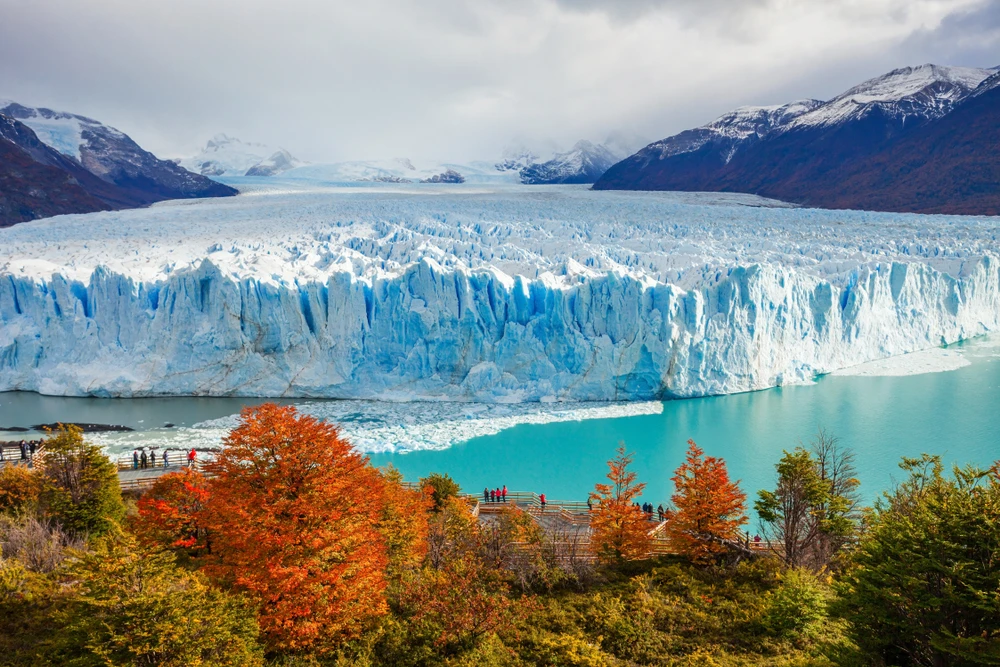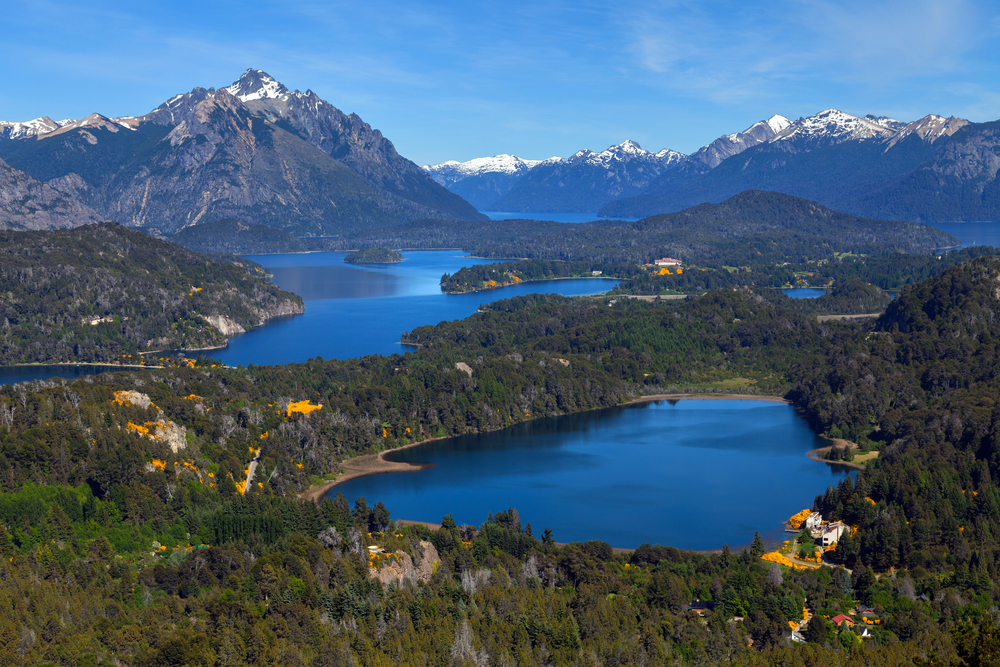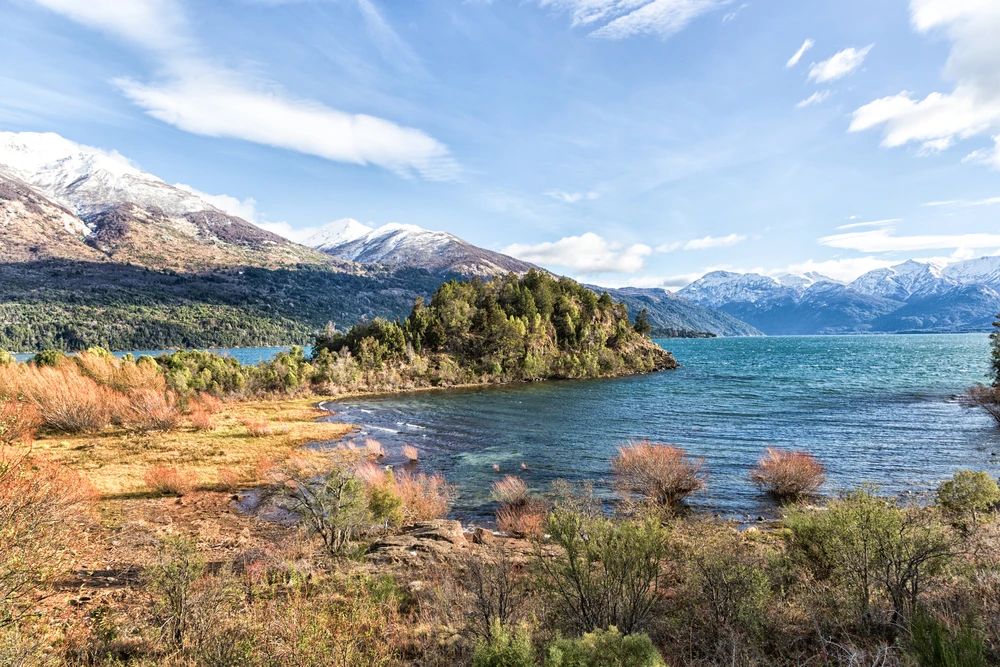Islote Lobos Overview
Islote Lobos National Park, or Parque Nacional Islote Lobos in Spanish, is a protected natural area located along the Atlantic coast of Río Negro province in Argentine Patagonia.
Established in 2022, the park encompasses approximately 19,079.20 hectares (about 73.7 square miles) . It is situated over the San Matías Gulf, approximately 50 kilometers (31 miles) from the town of Sierra Grande and adjacent to the coastal community of Playas Doradas .
The park features a coastal strip of about 20 kilometers (12.4 miles) that includes a complex of six rocky promontories close to the shore: Lobos, La Pastosa, Ortiz Norte, Ortiz Sur, Redondo, and de los Pájaros . These islets are characterized by their rugged terrain, with some covered in sedimentary material.
During low tide, they connect to the mainland, revealing expansive rocky or sandy surfaces, pools, saltwater wells, and isolated rocks . The terrestrial part of the park corresponds to the ecoregion of plains and plateaus, featuring vegetation adapted to saline environments, such as perennial glasswort and espartillo. In more inland areas, species like molle, llaollín, zampa, jume, jarrilla, and white flechilla can be found.
Islote Lobos National Park is renowned for its rich biodiversity, particularly its avian population. It serves as a habitat for a reproductive colony of Magellanic penguins, possibly the northernmost along Argentina’s maritime coast . The park also hosts breeding sites for species such as the royal tern and supports significant colonies of kelp gulls.
Wetland birds, including neotropic cormorants, various heron species like the black-crowned night heron, the roseate spoonbill, and the white-necked heron, as well as the crested duck and the Chilean flamingo, are present in the area .
Coastal bird species such as the American oystercatcher, blackish oystercatcher, common tern, and brown-hooded gull are also commonly observed. Additionally, the park is home to birds like the black vulture, turkey vulture, and chimango caracara, along with various passerine species.
Reptilian inhabitants include lizards and terrestrial tortoises . Mammalian species such as guanacos, pampas foxes, wild boars, armadillos, guinea pigs, and skunks inhabit the plains and plateaus away from the tidal zones. Notably, the park features a reproductive colony of South American sea lions (Otaria flavescens).
Visitors to Islote Lobos National Park can engage in various activities to experience its natural beauty. Wildlife observation, particularly birdwatching, is a popular pursuit due to the park’s diverse avian population. Guided tours offer educational insights into the unique ecosystems and conservation efforts within the park.
Photography enthusiasts can capture the stunning landscapes and diverse wildlife. Additionally, the coastal areas provide opportunities for recreational fishing, while designated trails allow for hiking and exploration of the varied terrain.
The park has faced conservation challenges, primarily due to the lack of a comprehensive management plan that clearly defines the protected area, regulates human activities, and establishes effective monitoring mechanisms . Although human presence is relatively limited, it can be disruptive to certain species during nesting and breeding periods.
There is also a risk of water pollution from potential oil spills or industrial waste . However, the establishment of Islote Lobos as a national park in 2022 represents a significant conservation success, aiming to preserve its unique ecosystems and biodiversity for future generations.








































































